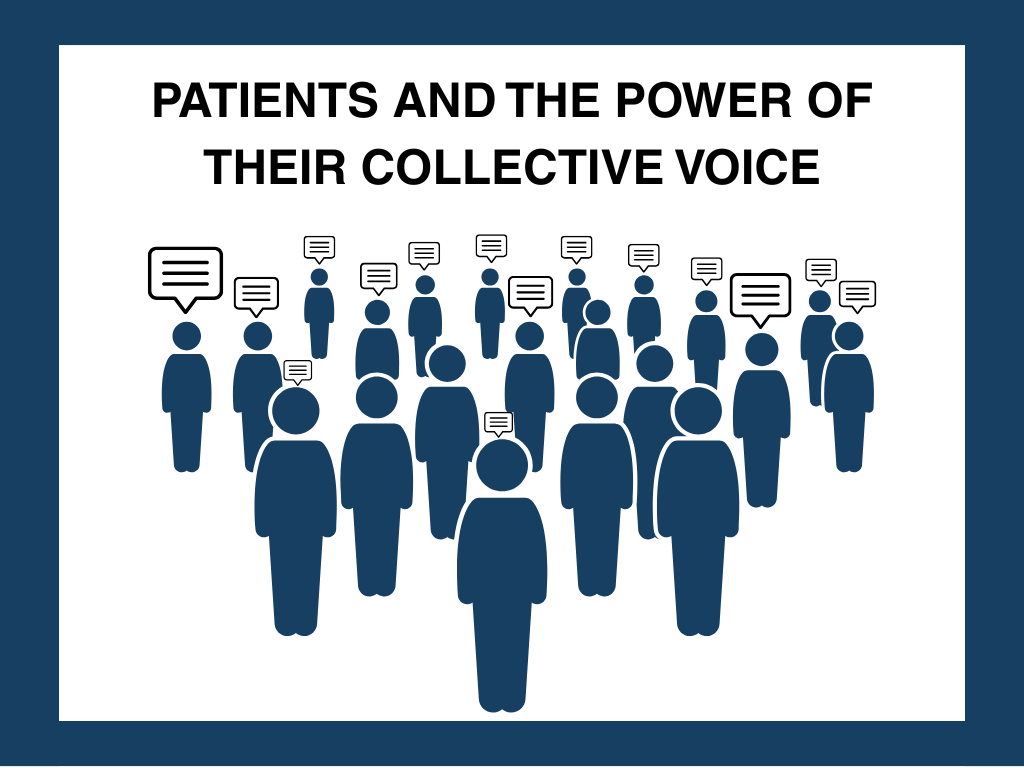Opinion Piece featured in Forbes Magazine Argentina
Patients and the power of their collective voice
August 2025:
*As featured in Forbes Magazine [Argentina]
In the age of social listening and efficient communication technologies, patient groups have been able to amplify their collective voice, becoming increasingly influential in shaping the healthcare landscape for the benefit of patients they represent. The phenomenon is a global one.
The impact of such patient advocacy has important consequences for the pharmaceutical industry. Today, drug regulators regularly seek to engage with patient and patient groups, to identify unmet patient needs, validate the relevance of new treatments to patients, and even assess optimum ways in which treatments should be administered.
As a result, pharmaceutical companies have stepped up their levels of engagement with patient groups, to refine pharma strategies and become more “patient-centric”. For their part, patient groups want to be more involved in all activities of the pharmaceutical industry, so that the industry’s output better addresses patient needs. For example, patient groups seek involvement in the early phases of research and development of medicines, the design of clinical trials and even the collection or real-world data.
Covid-19 undoubtedly gave the patient movement a significant impetus. Although many patient groups had been around for decades, during the pandemic, when patients were placed in isolation, people turned to patient groups for advice and support—roles previously fulfilled by doctors. Patient groups stepped up to the new demands placed on them, and continue to do so to this day. For all these reasons, many patient groups see themselves as being an intrinsic part of the healthcare system, which in turn explains the aspirations of these organisations to engage with pharma.
To understand the importance patient groups have in their healthcare systems, PatientView conducted an online survey at the end of 2024 of patient groups around the world, including Latin America. 100 Latam patient groups responded from a broad range of countries: Argentina, Brazil, Bolivia, Mexico, Chile, Colombia, Costa Rica, Dominican Republic, Ecuador, El Salvador, Guatemala, Honduras, Panama, Paraguay, Peru, Puerto Rico, Uruguay and Venezuela. One of the questions asked was to what extent patient groups feel they are a key stakeholder in healthcare systems. Sixty-nine percent of Latin American patient groups stated they believed themselves to be a vital stakeholder, compared to 58% of patient groups groups worldwide. In addition, the vast majority of Latin American patient groups stated they had impact and influence on healthcare including health education, the healthcare system and even pharmaceutical research and development. They also believed they were respected and listened to by healthcare companies, patients, media professionals, regulators and policy makers.
Latin American groups also provide a wide range of services to patients in their health systems: 80% offer peer support, 70% offer health counselling, 58% support patients with financial difficulties. Importantly for pharmaceutical companies themselves, 86% of Latin American patient groups said they promoted better access to medicines, 93% advocate for better patient care, 88% raise awareness of the needs of patients and their caregivers, and up to 76% represent patients’ interests to drug regulatory authorities.
Patient groups, including those in Latin America, have become active and influential players in the healthcare system. Increasing pressures on healthcare costs mean that their importance continues to grow daily. From the industry perspective, it is therefore essential to recognize the important role patient groups have today, get to know patient interests and needs in order to respond to them, and in doing so support them so that they can fulfil their role with the result companies’ relationships with patient groups can only improve.
